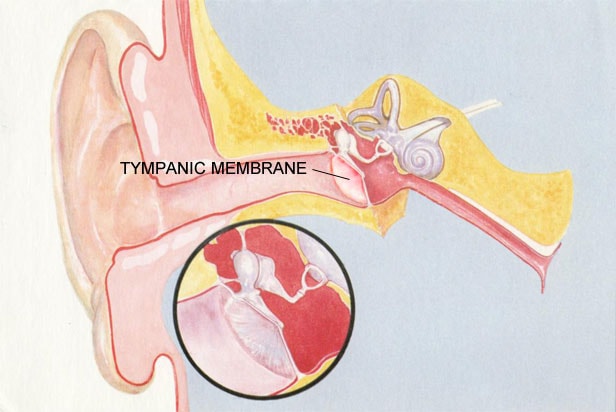Calorics
Calorics
Why?
This test can determine if you have a weakness in the balance organ (labyrinth) of your inner ear that may be contributing to your symptoms. Warm or cool water is gently irrigated into the external ear canal at a standard temperature which is different to that of the body tissues. Temperature transfer across the thin ear drum (tympanic membrane) heats up or cools the air in the middle ear space. The temperature change causes fluid movement inside the outermost balance canal (semi-circular canal) leading to stimulation of the delicate balance hair cells in the ampulla. This results in the generation of an electrical discharge in the balance (vestibular) nerves which stimulates the balance part of the brain causing temporary dizziness and nystagmus. The amount of nystagmus and dizziness correlates with the amount of function of the labyrinth. The normal response of the brain to the sensation of dizziness is to try to suppress it, which could therefore affect the result. Subjects are therefore asked to carry out a mental task such as counting backwards from 100 to distract the brain. Many conditions affecting the labyrinth cause damage and reduced function.
How?
A water stimulus caloric test can only be carried out when the ear drum is intact. It is therefore best practice to confirm this by preliminary tympanometry. Warm or cool air can be used as a stimulus when there is a hole in the ear drum, but the results are much less accurate and the clinical reliability uncertain.
The caloric test is also conducted by the Vestibular Scientists in a room which can be completely darkened. You will be required to wear a set of goggles incorporating infrared-sensitive video cameras, which digitally record your eye movements onto a computer for subsequent analysis. You will be required to lie on your back with your head at a 30° angle, to keep your eyes wide open and look straight ahead after each ear is filled with warm and cool water in turn. This causes nystagmus which can be accurately measured exactly as in videonystagmography (VNG) testing. In between each irrigation you will be asked to close your eyes and rest for a few minutes. You may experience some dizziness and perhaps slight nausea, but this is a normal reaction and should not last for more than a few minutes. This test may take up to 45 minutes depending on the results.


Book Appointment








